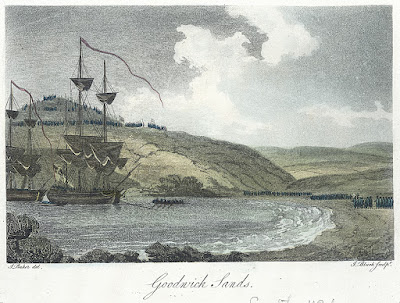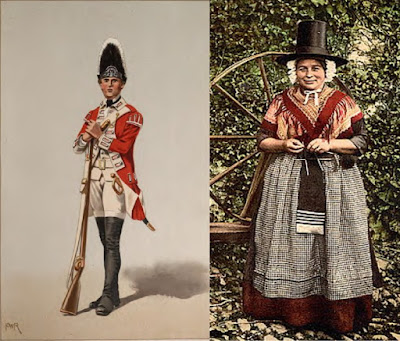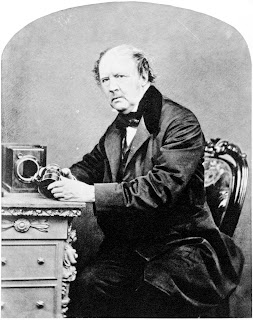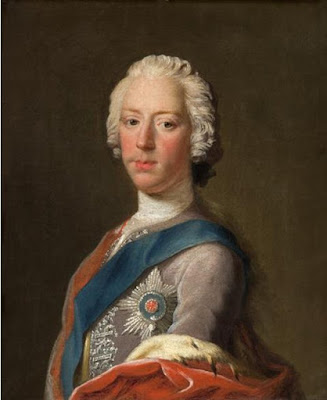It’s the year 1797 and Britain is about to be invaded for
the last time by a foreign force. The location, the towns of Fishguard and
Goodwick in Pembrokeshire, Wales. The invaders, the French.
Now anyone who knows the area will tell you it’s a quiet
place with a nice walk along the parrog at Goodwick and the old harbour of Fishguard.
At the time of the invasion the area was deeply agricultural (as it is today)
and small fishing vessels would have been out and about.
 |
| The harbour at Fishguard |
So how did this come about? Well it’s was a kind of past
time that the French had a go at the British and we had a go back. On the 22th
February 1797 it was the French’s turn. They thought if they invaded the people
of Britain would join forces with them against the nobility and land owners in
an attempt to gain more rights. The French people had successfully done this in
the late 1780’s early 1790’s during the French Revolution.
The French were under the command of Colonel William Tate,
who incidentally was of Irish American ancestry, and disliked the British as
some of his family were killed during the American Revolution. What better way
to get back at us than to invade. He had 4 ships loaded with around 1400 soldiers,
around 600 regular troops and the rest were ex and part time soldiers as well
as criminals. He anchored his ships 2 miles from Fishguard and the landing
parties began.
 |
| The landing parties coming ashore |
There was panic amongst the people as you can imagine. They
took up arms under the command of Thomas Knox who was a local landowner. They
used any weapon they could find including the scythes from the land and what
guns they had.
The French were busily looting in the surrounding areas and
farms where their main target so they could get food and steal what valuables
they could find. In one instance a French soldiers shot a grandfather clock
thinking it was a person. As a side note the clock still exists with its hole.
By the second day of the invasion it was reported that many of the French
soldiers were rather merry on the wine and beer they had found.
The locals had had enough and moved to where the French were
with their makeshift weapons and began capturing them. It’s said that the local
shoemaker Jemima Nicholas who was in her late 40’s captures 12 soldiers using
only a pitch folk and marched them back to Fishguard. She allegedly later
brought 2 more to the town, one under each arm (well she was described as a
well-built lady).
Now Colonel Tate was at an impasse. His ships had returned
to France as he was convinced of his success, but the locals were closing in on
them. He then got the shock of his life when he saw British armed soldiers
heading in his direction. What he actually saw was Welsh women in the
traditional costumes who from a distance could be mistaken for soldiers by
their hats (there is some debate about whether this is true but I love the
story).
 |
| A British Grenadier Guard and traditional Welsh dress |
As a result the Colonel surrendered that night to the
British commander Lord Cawdor. The next day the people of the town gathered to
watch the capture of the remaining soldiers. So by 4pm on the 24th
February 1797 it was all over. The jovial French set off to walk to
Haverfordwest and the prisons and churches (which were used as an overflow
prison). The prisoners remained in the area until the following year when they
were returned to France, Tate included, under a prisoner exchange.
So in just 3 days the last invasion of Britain was over. The
French were defeated and no one would try and invade our lands again. Jemima
Nicholas was the heroine of the day and she lived until 1832 when she died aged
82.
If you go to Fishguard there is a tapestry depicting the
events of the invasion. It was made in 1997 and is designed along the same
lines as the Bayeux tapestry. It can be seen in Fishguard town hall. There is
also a video made of the recreation of the capture of the French which was done
in 1997 (I’ve seen some of it, but homework called!), the lady playing Jemima certainly
gave it her all.











